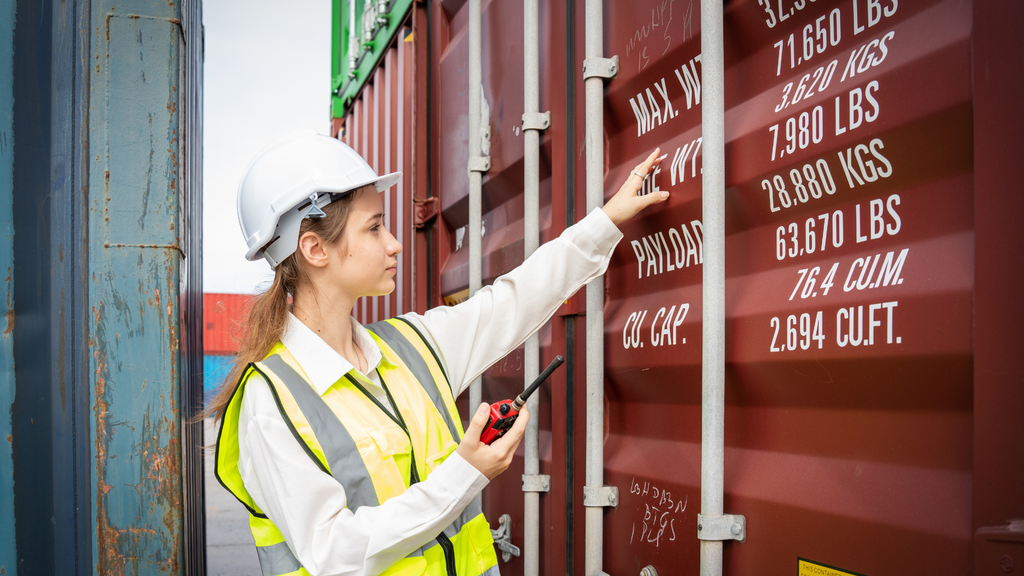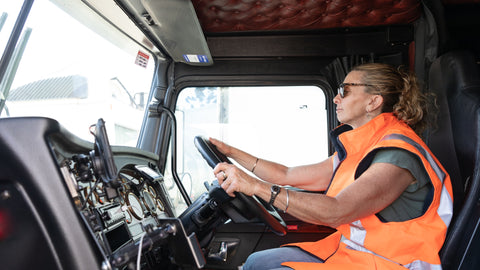Class 3 High Visibility Clothing: Standards, Regulations, and Best Practices

High-visibility clothing can make you visible from as far as 1,280 feet away -- that's the length of four football fields! When it comes to occupational safety, you can't underestimate the importance of Class 3 high-visibility clothing.
From construction sites to roadwork zones, Class 3 clothing enhances your visibility in the workplace. This can help protect you against potential hazards. To learn more about Class 3 visibility clothing, below is a comprehensive guide.
What Is Class 3 High-Visibility Clothing?

This protective gear is designed for workers in high-risk environments. It is the highest level of visibility clothing, providing the greatest body coverage. As a result, workers can be seen under poor lighting conditions and at farther distances.
The Occupational Safety and Health Administration (OSHA) has regulations that require workers in certain industries to wear high-visibility safety apparel. Some of the industries that require Class 3 high-visibility clothing include:
- Construction
- Road construction
- Emergency response
- Warehouse and storage
- Mining
- Oil and gas
- Airline
- Electric power transmission
- Utility work
- Transportation and warehousing
These regulations include the OSHA 29 CFR 1926.651(c) and OSHA 29 CFR 1910.269(l). If you work in these industries, you need to adhere to the OSHA rules to protect yourself.
Standards For Class 3 High-Visibility Clothing

The specific design standards for Class 3 visibility clothing are outlined in the American National Standards Institute (ANSI)/International Safety Equipment Association (ISEA) standard 107-2015. This standard outlines the requirements for High Visibility Safety Apparel. Let's explore some of these standards:
Visibility
Class 3 garments must provide the highest level of visibility. When you wear these safety vests, it ensures you're seen from all angles and distances. What's more, they improve visibility in low-light conditions
The background material must be a fluorescent color. It should also cover at least 50% of the front and back of the garment. The reflective tape must be on the front, back, and sides of the garment, covering at least 20% of the total area.
Additionally, the tape should feature a retro-reflective material. This means it reflects light to its source, making you highly visible in low-light conditions.
Body Coverage
Class 3 high-visibility clothing requires full coverage of background material. This must be a total of 1240 square inches.
Your class 3 garment must cover the torso and include either full-length sleeves or trousers. If a sleeve conceals part of a reflective band on the torso of a garment, a band must be added to the sleeves.
Retroreflective Tape and Design
The reflective bands on the torso must encircle the torso. Make sure that they cover at least 50% of the front and back of the garment. If a single torso band is used, there must also be a band over each shoulder joining the torso band front and back.
Class 3 clothing with sleeves must also have two reflective bands encircling each sleeve. Safety trousers and overalls must have two reflective bands encircling each leg. These bands must also be continuous.
No reflective band can be less than 50mm wide. Additionally, pairs of reflective bands must be at least 50mm apart
Material
Class 3 garments must have a minimum of 0.80 square meters of fluorescent material. As for the reflective tape, it should be 0.20 square meters.
Color
The color options for Class 3 high-visibility are designed to meet the ANSI/ISEA 107-2020 standard. Selecting the right color based on your working environment can further enhance safety by improving visibility day and night. These colors include:
- Fluorescent red
- Fluorescent yellow-green
- Fluorescent orange-red
In addition to these colors, there are also other colors, such as pink and rainbow Hi-Vis clothing. However, these colors may not be currently recognized by the ANSI/ISEA 107-2015 standard.
Testing
Class 3 clothing must undergo testing to ensure that they meet the minimum requirements. The testing process includes assessing the clothing's:
- Color
- Brightness
- Reflectivity
- Durability
- Resistance to wear and tear
Testing these features helps to determine compliance with safety clothing. This ensures that workers get the highest level of protection in high-risk work zone situations.
Best Practices for Class 3 High-Visibility Clothing

Class 3 hi-vis gear is a must-have for occupational use. To ensure maximum safety, follow the best practices for wearing class 3 high-visibility clothing. Here are some of the best practices:
Proper Fit and Comfort
Your high-visibility clothing should fit comfortably over your regular work attire. This makes it easy for you to move without restrictions.
What's more, avoid loose safety vests as they may catch on equipment. This can compromise safety. Ensure your clothing is neither too loose nor too tight.
Ensure Maximum Visibility
Visibility from all angles is important in ensuring your safety in a work zone. Choose Class 3 high-visibility clothing that offers 360° visibility.
Avoid covering your class 3 clothing with stickers, garments, or decorations. This can obscure its reflective tape, compromising your workplace safety. Also, accessorize your safety clothing with reflective armbands, ankle bands, or hats to increase your visibility.
Proper Rating
Ensure your safety clothing has an ANSI rating of class 3. This rating shows that your clothing has the necessary reflective tape and color to provide maximum visibility.
Regular Inspection and Maintenance
Just like any safety equipment, your high-visibility apparel needs regular inspection. Check for fading, fraying, or damage to the reflective tape. If there is any sign of wear and tear, replace your class 3 clothing promptly.
Additionally, clean your clothing according to manufacturer guidelines. This helps it maintain visibility and durability.
Layer Appropriately
Depending on weather conditions, layering your high-visibility clothing may be necessary. However, ensure that additional layers do not obstruct the visibility of your Class 3 clothing.
Education and Training
Ensure that all workers get training on the importance of wearing Class 3 hi-vis jackets. They should also get guidance on proper use. This helps prevent accidents and injuries.
Prioritize Safety With Class 3 High-Visibility Clothing
Class 3 high-visibility clothing is the foundation of occupational safety in high-risk environments. Wearing this safety apparel helps to mitigate the risk of accidents for optimal safety.
Need to get Class 3 hi-vis clothing? hi-vizshop.com has got you covered. From safety vests to safety pants, we can help you gear up with quality class 3 garments.
Make safety a priority at the job site -- get in touch with us and shop our products.
